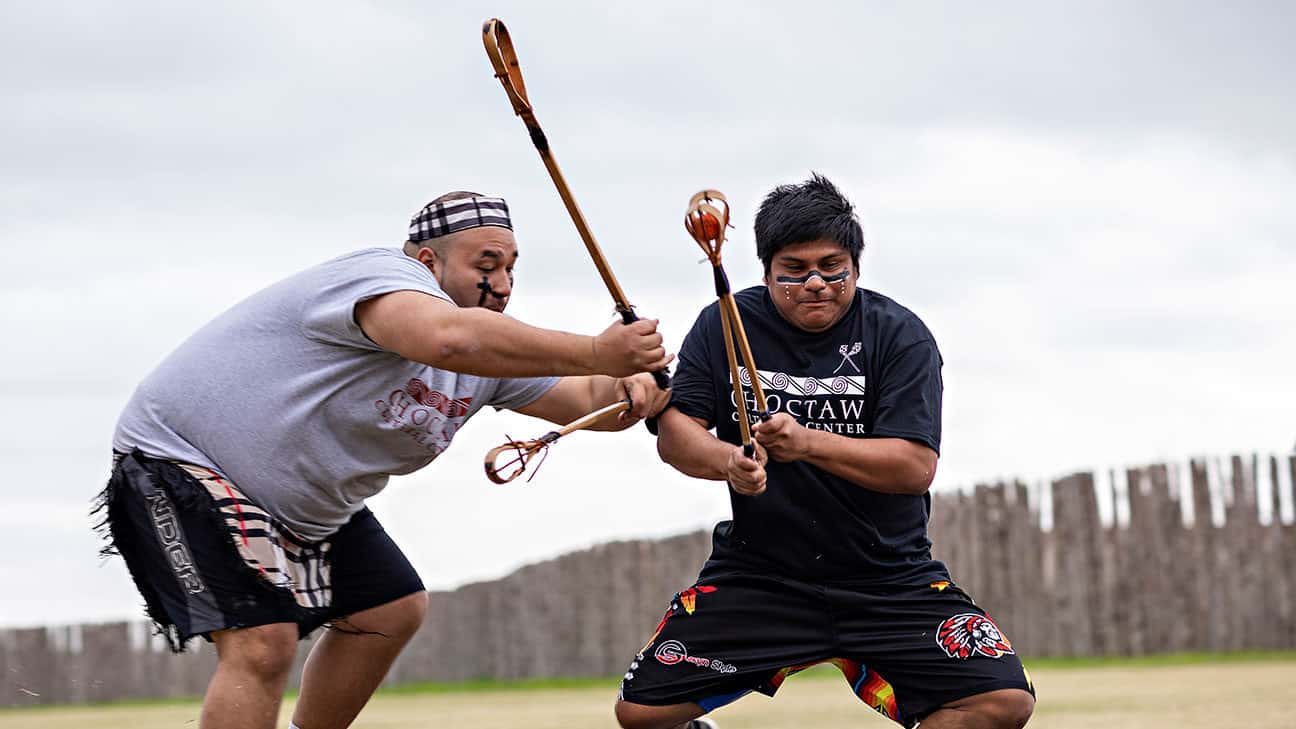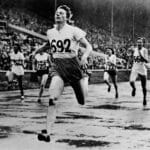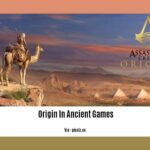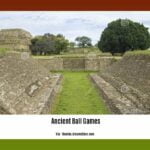A Journey Through Time: More Than Just a Game
Imagine a sport so deeply ingrained in a culture that it’s used to settle disputes, train warriors, and connect with the spiritual world. This is Indigenous North American stickball, a game steeped in tradition and played for centuries by various Native American tribes. It’s a captivating blend of athleticism, strategy, and cultural pride that continues to thrive today.
Unearthing the Past: A Legacy in Wood and Leather
Archaeological evidence suggests that stickball-like games existed in North America over 1,000 years ago. The earliest written record we have comes from the mid-17th century, penned by Jesuit missionary Jean de Brébeuf, who observed the Wyandot people playing with remarkable skill and intensity. This wasn’t just a pastime; it was a way of life.
Tribes like the Cherokee, Chickasaw, Choctaw, Muscogee, Seminole, and Yuchi all have their own unique versions of stickball, each reflecting their cultural practices and beliefs. Many tribes used the game as a way to settle disagreements peacefully, avoiding war and strengthening intertribal relationships.
The Flow of the Game: From Ancient Fields to Modern Arenas
Picture this: hundreds, sometimes even thousands of players from opposing villages clashing on massive open fields. These weren’t your typical pickup games; they were epic events that could last from sunrise to sunset, sometimes even spanning multiple days! Goals were marked by natural landmarks like trees and rocks, and the rules, often established the day before, varied from tribe to tribe.
Today, stickball has evolved to fit into the modern world. Teams are smaller, fields are standardized, and the rules are more consistent. However, the heart of the game remains. Many players still use handcrafted hickory sticks (“kabocca”) and leather balls (“towa”), honoring the traditions passed down through generations.
More Than Muscles and Might: The Spiritual and Cultural Significance
Indigenous North American stickball is more than a test of athleticism; it’s a powerful expression of cultural identity and spiritual belief. Before games, players often participate in sage or tobacco smudging ceremonies, cleansing their spirits and connecting with the earth. The game itself is seen as a way to honor ancestors, demonstrate respect for opponents, and reinforce a deep connection to the land.
This intergenerational connection is vital. Older players mentor younger generations, passing down not only the physical skills of the game but also the stories, traditions, and cultural values it embodies.
Beyond the Field: Outperforming Your Competitors
Indigenous North American stickball offers a unique lens through which to understand Indigenous history, resilience, and cultural survival. Its story is one of adaptation and perseverance, of a people holding onto their traditions in the face of immense change.
To truly understand its depth, we must go beyond simply describing the rules and equipment. We must explore:
- The role of women in stickball, uncovering their often-overlooked contributions beyond serving refreshments and betting. Did any tribes have women’s teams or unique variations of the game?
- Stickball’s power as a tool for decolonization, examining how its resurgence helps communities heal from historical trauma and revitalize their cultural identity.
- The intersection of tradition and modernity, highlighting how the game has adapted while staying true to its core values.
- The future of stickball, investigating efforts to promote the game to wider audiences and ensure its preservation for generations to come.
Is it Lacrosse? Understanding the Family Tree
Many people assume that Indigenous North American stickball is the same as lacrosse. While the two sports share similarities and a common ancestor, they have distinct histories, rules, and cultural contexts.
Think of it this way: stickball is like the grandparent of lacrosse. When European settlers arrived in North America, they encountered stickball and were impressed by its speed and skill. They adopted elements of the game, eventually developing lacrosse as a distinct sport with standardized rules and a focus on competition.
Indigenous North American stickball, however, has always been more than just a sport. It’s a holistic practice deeply intertwined with spiritual beliefs, social customs, and the rhythms of nature.
Crafting Tradition: What Are Stickball Sticks Made Of?
The stick, or “kabocca,” is more than just a piece of equipment; it’s an extension of the player’s body and spirit. Traditionally, it’s crafted from a single piece of hickory wood chosen for its strength, flexibility, and durability. The stick maker carefully thins and bends one end of the wood to form a loop or scoop, which is then securely bound to the handle using leather strips or sinew—a strong, cord-like material made from animal tendons.
This process, passed down through generations, reflects the resourcefulness and craftsmanship of Indigenous peoples. Today, while some players incorporate modern materials like electrical tape for binding, the core design and construction methods remain remarkably similar to those used centuries ago.
Where to Witness the Games: Keeping the Spirit Alive
Stickball is far from a relic of the past. It’s a vibrant tradition kept alive in numerous Native American communities, particularly in the Southern United States. Here are a few places where you can experience the excitement and cultural richness of the game:
- Choctaw Nation Stickball World Series: Held annually at the Choctaw Indian Fair in Mississippi, this tournament brings together teams from across the country, showcasing incredible athleticism and sportsmanship.
- Cherokee National Holiday Stickball Tournament: This tournament is a highlight of the Cherokee National Holiday, a celebration of Cherokee culture and heritage.
- Muscogee Creek Nation Stickball Festival: This festival celebrates the game’s importance to Muscogee Creek culture and features traditional food, dance, and of course, thrilling stickball matches.
Beyond these large events, stickball is finding its way into schools and colleges, where it’s used as a tool to educate young people about Indigenous culture, history, and values.
Uncovering the Untold: A Call to Further Exploration
While we’ve covered the basics of Indigenous North American stickball, there’s always more to discover. This ancient game, with its rich history and profound cultural significance, offers a wealth of opportunities for further research and exploration.
By delving deeper into the game’s past, we gain a greater appreciation for the resilience and adaptability of Indigenous cultures. And by supporting its present and future, we ensure that this captivating blend of athleticism, spirituality, and community spirit continues to thrive for generations to come.















1 thought on “Indigenous North American Stickball: The Ancient Game of Power, Pride, and Cultural Survival”
Comments are closed.